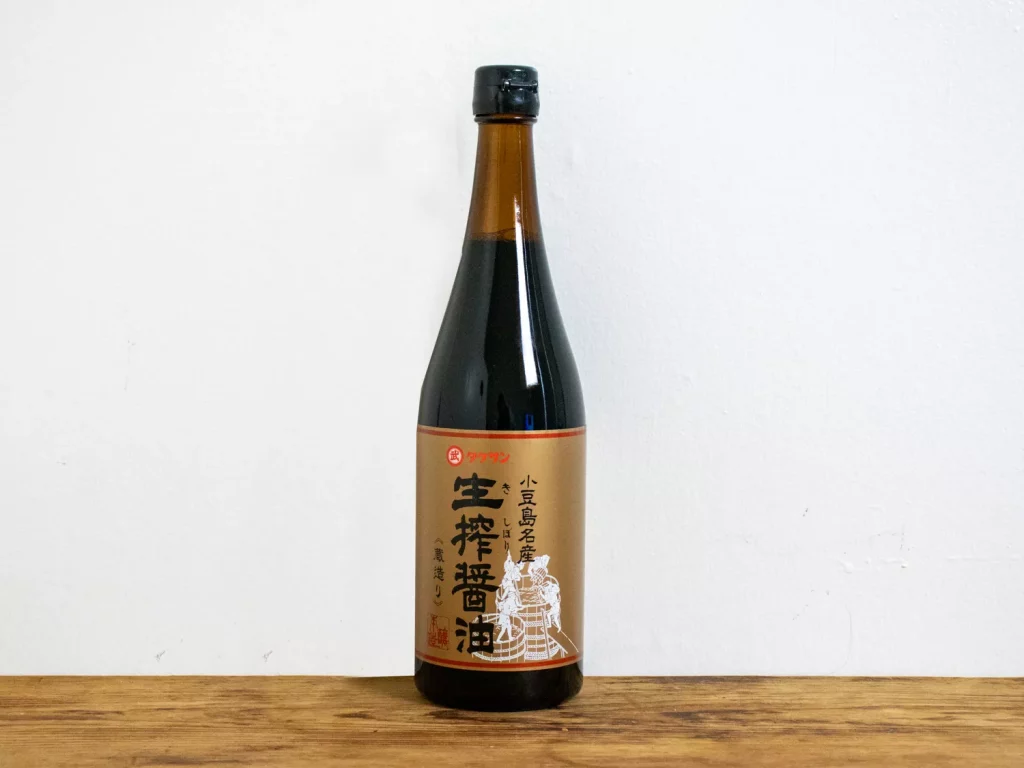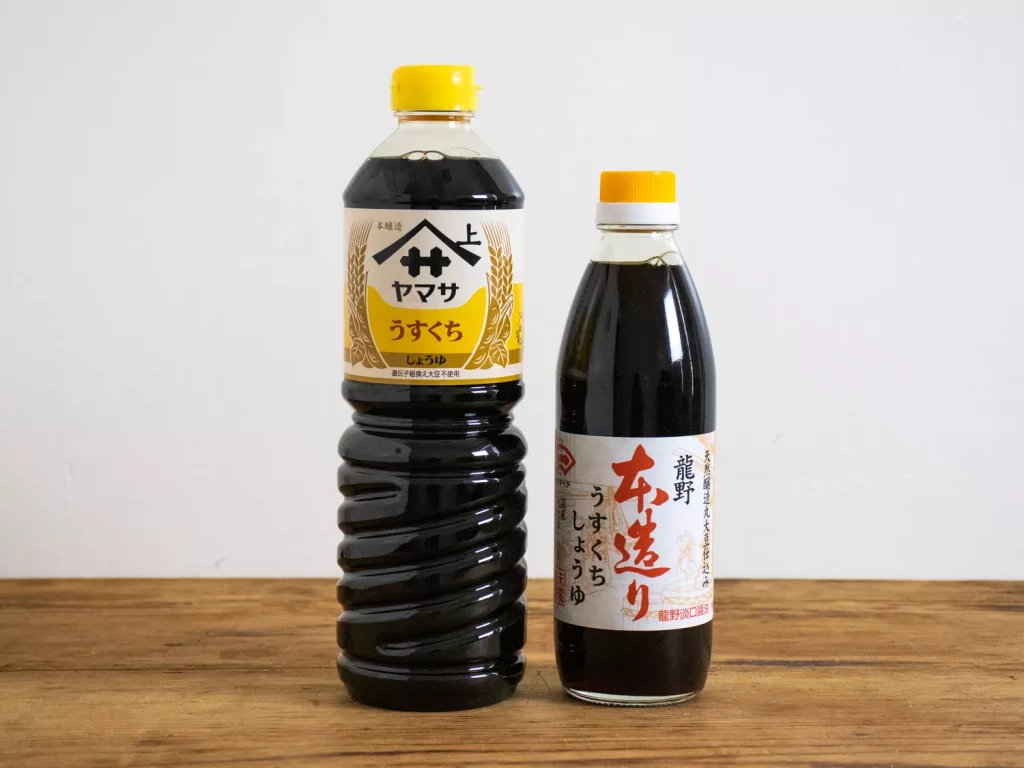Introduction
Soy sauce, a staple in many Asian kitchens, is a versatile condiment that imparts rich, umami flavors to a wide range of dishes. Though often used interchangeably, soy sauces from different Asian cultures—particularly Japanese, Chinese, and Indonesian—vary significantly in flavor, production methods, and culinary uses. Understanding these differences can elevate your cooking and enhance your appreciation of these diverse sauces. This comprehensive guide delves into the world of soy sauces, exploring their origins, types, and unique characteristics.
1. The History of Soy Sauce
A. Origins of Soy Sauce
Soy sauce has a long and storied history that dates back over 2,000 years. It originated in China, where it was developed during the Han Dynasty. The process of fermenting soybeans and wheat to create a flavorful liquid was a significant advancement in Chinese culinary tradition. As trade and cultural exchanges flourished, soy sauce spread to neighboring regions, including Japan and Indonesia, where it evolved into distinct varieties.
B. Spread to Japan and Indonesia
- Japan: Soy sauce was introduced to Japan from China around the 7th century. The Japanese adapted the original Chinese methods and ingredients to suit their own culinary tastes, leading to the development of unique Japanese soy sauces.
- Indonesia: Soy sauce arrived in Indonesia through trade and cultural interactions, particularly with Chinese immigrants. Indonesian soy sauce, or kecap, developed its own distinctive characteristics influenced by local ingredients and culinary practices.
2. Japanese Soy Sauces
A. Types of Japanese Soy Sauce
- Shoyu
- Description: Shoyu is the general term for soy sauce in Japan. It is typically brewed from soybeans, wheat, salt, and a fermenting agent such as koji mold. Shoyu is known for its balanced flavor, combining salty, sweet, and umami notes.
- Varieties:
- Koikuchi Shoyu: The most common type of soy sauce in Japan, it has a dark color and a rich, savory flavor. It is versatile and used in a wide range of dishes.
- Usukuchi Shoyu: Lighter in color and saltier than koikuchi, usukuchi is often used in dishes where a subtle soy flavor is desired, such as clear soups and delicate seafood dishes.
- Tamari: Originally a byproduct of miso production, tamari is made with little or no wheat. It has a deeper, more intense flavor and is often used in gluten-free cooking.
- Production: Japanese soy sauce is traditionally brewed using a natural fermentation process that can take several months. The process involves fermenting a mixture of soybeans and wheat with a specific strain of mold, followed by a secondary fermentation with bacteria and yeast.
B. Culinary Uses
- Dipping Sauce: Shoyu is commonly used as a dipping sauce for sushi, sashimi, and tempura.
- Marinades: It is used to marinate meats, tofu, and vegetables, imparting a savory depth of flavor.
- Seasoning: Shoyu enhances the flavor of soups, stews, and stir-fries, adding complexity to dishes.
C. Choosing Japanese Soy Sauce
- Quality Indicators: Look for soy sauces labeled “brewed” or “fermented” rather than “chemical” or “hydrolyzed,” as natural fermentation produces a more nuanced flavor.
- Storage: Store soy sauce in a cool, dark place. Once opened, it can be refrigerated to maintain its quality.

3. Chinese Soy Sauces
A. Types of Chinese Soy Sauce
- Light Soy Sauce (Sheng Chou)
- Description: Light soy sauce is a staple in Chinese cuisine. It has a lighter color and a saltier, more delicate flavor compared to dark soy sauce.
- Uses: It is commonly used in stir-fries, marinades, and as a table condiment. It adds flavor without overpowering the dish.
- Dark Soy Sauce (Chou Chou)
- Description: Dark soy sauce is darker and thicker, with a sweeter and more complex flavor due to the caramelization of sugar and longer fermentation time.
- Uses: It is used to add color and depth of flavor to braised dishes, stews, and marinades. It imparts a rich, umami taste to hearty dishes.
- Sweet Soy Sauce (Kecap Manis)
- Description: Sweet soy sauce, or kecap manis, is a thick, sweet soy sauce that contains added sugar or molasses. It has a rich, syrupy consistency and a sweet, caramel-like flavor.
- Uses: It is commonly used in Indonesian cuisine but also appears in Chinese dishes, particularly in stir-fries and as a dipping sauce.
- Production: Sweet soy sauce is made by adding sugar or molasses to soy sauce, resulting in a sweet, sticky sauce with a deep, rich flavor.
B. Culinary Uses
- Stir-Fries: Light soy sauce is a key ingredient in many Chinese stir-fries, providing a savory base for the dish.
- Braised Dishes: Dark soy sauce adds depth and color to braised meats and vegetable dishes.
- Marinades: Both light and dark soy sauces are used in marinades for meats, seafood, and tofu, enhancing flavor and tenderness.
C. Choosing Chinese Soy Sauce
- Ingredients: Opt for soy sauces made with natural fermentation and minimal additives. Avoid those with artificial colorings or preservatives.
- Flavor Profile: Choose light soy sauce for dishes requiring a subtle, salty flavor and dark soy sauce for rich, complex flavors.
4. Indonesian Soy Sauces
A. Types of Indonesian Soy Sauce
- Kecap Manis
- Description: Kecap manis is a sweet, thick soy sauce that is a hallmark of Indonesian cuisine. It has a rich, molasses-like sweetness and a dark color.
- Uses: It is used in a variety of Indonesian dishes, including grilled meats, stir-fries, and as a table condiment.
- Kecap Asin
- Description: Kecap asin is a salty, lighter soy sauce similar to Chinese light soy sauce but with its own distinct flavor profile. It is less sweet than kecap manis.
- Uses: It is used in a range of Indonesian dishes, from soups to stir-fries, and as a seasoning for various recipes.
B. Culinary Uses
- Grilled Meats: Kecap manis is often used as a marinade or glaze for grilled meats, imparting a sweet and savory flavor.
- Stir-Fries: Both kecap manis and kecap asin are used in Indonesian stir-fries to add depth and balance to the dish.
- Sauces: Kecap manis is a key ingredient in many Indonesian sauces and dressings, providing a sweet and savory base.
C. Choosing Indonesian Soy Sauce
- Authenticity: Look for authentic Indonesian soy sauces with traditional ingredients and production methods.
- Pairing: Use kecap manis for sweet and savory dishes, and kecap asin for a saltier, more nuanced flavor.

5. Comparing Soy Sauces
A. Flavor Profiles
- Japanese Soy Sauces: Typically balanced with a combination of salty, sweet, and umami flavors. They are versatile and can enhance a wide range of dishes.
- Chinese Soy Sauces: Light soy sauce offers a salty, delicate flavor, while dark soy sauce provides a richer, more complex taste. Sweet soy sauce adds a caramel-like sweetness.
- Indonesian Soy Sauces: Kecap manis is sweet and thick, while kecap asin is saltier. Both add unique flavors to Indonesian dishes.
B. Cooking Applications
- Japanese: Best for dishes where a balanced, subtle soy flavor is desired. Ideal for dipping, marinating, and seasoning.
- Chinese: Light soy sauce is used for general seasoning, while dark soy sauce is used for color and depth. Sweet soy sauce is great for adding a touch of sweetness.
- Indonesian: Kecap manis adds sweetness and richness to grilled meats and stir-fries, while kecap asin is used for seasoning and balancing flavors.
C. Storage and Shelf Life
- Japanese Soy Sauce: Store in a cool, dark place. Refrigerate after opening to preserve freshness. It typically lasts for several months to a year.
- Chinese Soy Sauce: Store in a cool, dark place. Refrigeration is not necessary but can extend shelf life. It generally lasts for several months.
- Indonesian Soy Sauce: Store in a cool, dark place. Kecap manis may have a shorter shelf life due to its sugar content but usually lasts for several months.
6. Cooking Tips and Techniques
A. Integrating Soy Sauce into Recipes
- Balancing Flavors: Use soy sauce to balance flavors in dishes. Its salty and umami notes can enhance the taste of meats, vegetables, and grains.
- Layering Flavors: Add soy sauce at different stages of cooking to build depth of flavor. For example, use it in marinades, as a seasoning during cooking, and as a finishing touch.
B. Enhancing Dishes with Soy Sauce
- Marinades: Combine soy sauce with other ingredients like garlic, ginger, and honey to create flavorful marinades for meats and tofu.
- Sauces: Use

